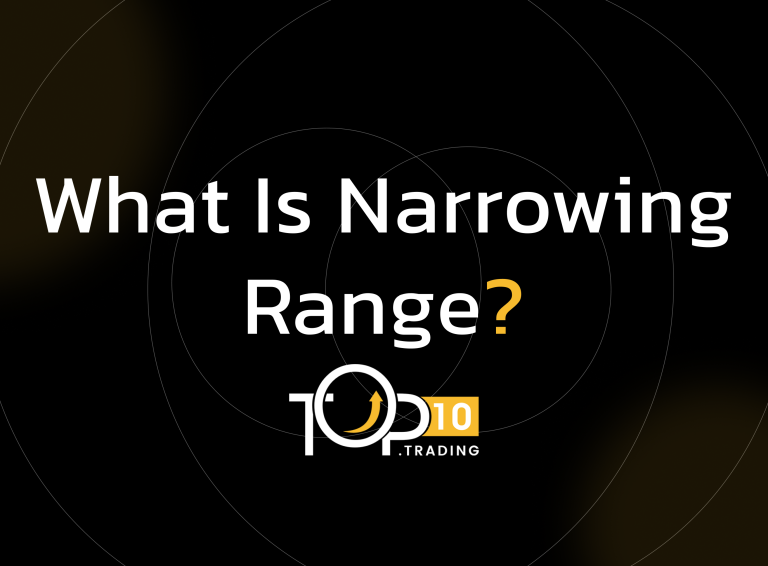Narrowing Range Definition

A narrowing range refers to a market condition where the price fluctuations of a security or asset become more restricted over time. This typically occurs as the price moves within progressively tighter boundaries, creating a “squeezing” effect. A narrowing range is often seen as a precursor to a breakout, indicating that volatility may increase soon after the range is broken.
Key Takeaways
- A narrowing range occurs when price movements become more confined within a smaller range.
- It can signal a potential breakout or price shift once the range is breached.
- Narrowing ranges often follow periods of high volatility or large price swings.
- Traders monitor narrowing ranges for breakout opportunities in both directions (up or down).
- This pattern can be observed on various timeframes in technical analysis.
How Narrowing Range Works
A narrowing range typically occurs after a period of significant price movement, followed by consolidation. During consolidation, price fluctuations become more confined as market participants take a “wait-and-see” approach, leading to smaller highs and lows.
When the price eventually breaks above or below the narrowing range, it is often interpreted as a signal that the market is ready to make a larger move in that direction. Traders use indicators like Bollinger Bands or chart patterns such as triangles and flags to identify narrowing ranges and potential breakouts.
Examples of Narrowing Range
- A stock that was previously experiencing large price swings starts to trade within a smaller range, with each day’s high and low becoming closer together.
- A currency pair such as EUR/USD shows decreasing price movement on a 15-minute chart, indicating a potential breakout after the narrowing range is broken.
- A trader identifies a narrowing range in a stock and sets up a breakout strategy, placing buy or sell orders just outside the established range.
Benefits of Narrowing Range
- Breakout Indicator: Helps identify potential entry points when the price breaks out.
- Lower Risk: Traders can set tighter stop-loss orders, managing risk more effectively.
- Trend Confirmation: Can confirm an emerging trend once the price breaks out of the range.
- Volatility Anticipation: Signals the likelihood of increased volatility after a period of consolidation.
Costs and Limitations
- False Breakouts: The price may break out in one direction and quickly reverse, leading to losses.
- Limited Timeframe: Narrowing ranges may last only a short time before a breakout or a return to a wider range.
- Requires Patience: Traders must wait for confirmation of a breakout, which can take time.
- Market Conditions Matter: External factors like economic news can disrupt the expected breakout.
Who Uses Narrowing Range?
Traders, especially those focusing on short-term or intraday strategies, use narrowing ranges to spot breakout opportunities. It is widely utilized by technical analysts and chart pattern traders who rely on price action and volatility measures to make informed decisions.
